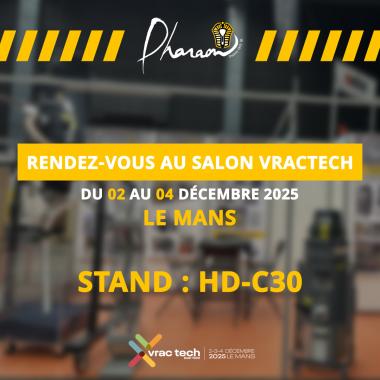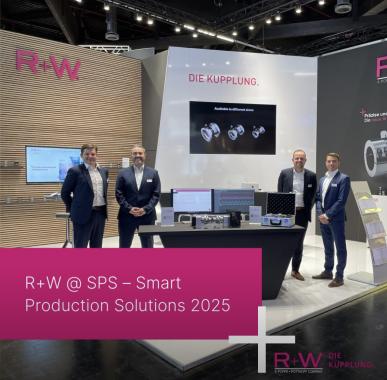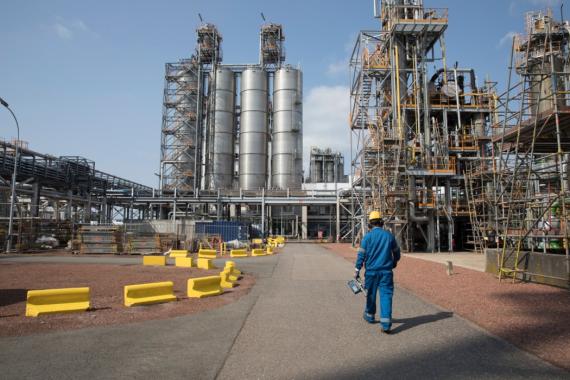Going even further in reducing industry’s carbon intensity
Back from COP 27 held in Sharm el-Sheikh in Egypt, President Emmanuel Macron brought together some fifty major industrialists around the theme of decarbonization. Announcements, assessment, prospects… Progress report on this crucial issue for the future of the planet and of French industry.
The family reunion has something to mark the spirits. On November 8, the President of the French Republic was surrounded by the managers of the 50 sites that emit the most greenhouse gases, representing half of the emissions of French industry. On this occasion, Emmanuel Macron confirmed the envelope of 5 billion euros dedicated to decarbonization projects by the end of the year, as part of the France 2030 program.
The goal? Reduce CO2 emissions by 10 million tonnes (out of a total of just over 45 million tonnes) in just under ten years. But the ambition of the Head of State goes further: " If you double your efforts (...), we will double the means devoted to this issue and will increase the envelope from 5 to 10 billion euros of support ", he indicated. Achieving such an objective would represent a 5% drop in French emissions.
“20% of the problem, 100% of the solutions”
This contribution from major manufacturers is necessary to achieve the latest objectives set by the European Union: to reduce net greenhouse gas emissions by 55% by 2030 compared to 1990. In other words, " we must eight years more than what we have done in 32 years ”, summarized Prime Minister Elisabeth Borne . Another objective regularly announced by the Élysée and ratified by the energy-climate law in 2019, the carbon neutrality of France by 2050. For this, a roadmap has been established and revised: the national bac-carbon strategy (SNBC). It aims to reduce greenhouse gas emissions in industry by 35% by 2030 and by 81% by 2050 compared to 2015.
France wants to position itself as a leader in the ecological and energy transition, and needs manufacturers, as Roland Lescure, Minister Delegate for Industry, pointed out : " We are facing 20% of the problem here since industry , that's 20% of the greenhouse gases, but you also represent almost 100% of the solutions. Another way of expressing President Macron's vision: “ There is a French model of success. We have a future if we know how to hold together three major objectives: the climate, industrialization and sovereignty. »
Multiplication of support programs
This balance has been reflected for several years in the proliferation of support programs. The France Relance plan , initiated in September 2020 after the economic crisis linked to the pandemic, provides for the release of 100 billion euros around 3 priorities: ecology, competitiveness and cohesion. Within this envelope, 1.2 billion euros are dedicated to energy efficiency and the electrification of industrial processes. Less than two years later, last February, an additional €5.6 billion was announced in the France 2030 investment plan to deploy decarbonization solutions for industrial sites. At the Élysée, Emmanuel Macron thus underlined the importance of certain priority projects, such as hydrogen, electrification, biomass and carbon capture and sequestration technologies.
Along with policy incentives, the economic climate is also moving towards decarbonization. On the one hand, the price of a tonne of CO2 on the European carbon market has increased and now fluctuates between 60 and 100 euros per tonne. And on the other hand, due in particular to the war in Ukraine, the price of gas is also reaching new heights. Investing in decarbonization has never been so profitable!
The changing industrial sector
“ We are witnessing an acceleration and a scheduling of decarbonization ”, assures Vincent Moulin Wright , the managing director of France Industrie . Sectors and territories create synergies and emulation, not to mention the growing attention paid by consumers, partners and investors to ESG (environmental, social and governance) criteria.
As a result, examples of good practice abound. In Dunkirk, Air Liquide and ArcelorMittal are carrying out an ambitious project to decarbonize the industrial basin: common CO2 capture and transport network, wind farm, solar power plant, hydrogen plant, etc. Another illustration of virtuous partnerships, Safran and TotalEnergies are working on the compatibility of current aircraft engines with sustainable aircraft fuels. Still in the field of aeronautics, Airbus wishes to develop by 2035 the first model of hydrogen aircraft emitting no gram of CO2.
Each sector of activity is making efforts. Thus, in the Vicat cement plants, almost 80% of the total water requirement for washing aggregates comes from the recycling systems installed in the quarries. Between 2010 and 2020, the sugar producer Cristal Union has reduced its greenhouse gas emissions by 15% per ton of beet and by 65% the water withdrawn on all of its sites. Finally, on the chemical side, the sector has undertaken to reduce greenhouse gas emissions by 26% between 2015 and 2030.
The initiatives are therefore diverse and dispersed, but bear witness to a real awareness of the carbon footprint linked to the various activities. An encouraging dynamic, as already shown by this considerable improvement: between 1990 and 2020, greenhouse gas emissions from French industry fell by 50% (including 15% attributable to the reduction in nitrous oxide).
Our other news
See allJoin the largest community of industrial suppliers
- Helping you with your ongoing technology watch
- Provide you with detailed supplier statistics
- Give you international visibility
Discover the largest catalogue of industrial products on the market
- To offer you the best catalogue of industrial products on the market
- To guarantee you a 100% secure platform
- Enable you to have live remote exchanges


 Français
Français 







